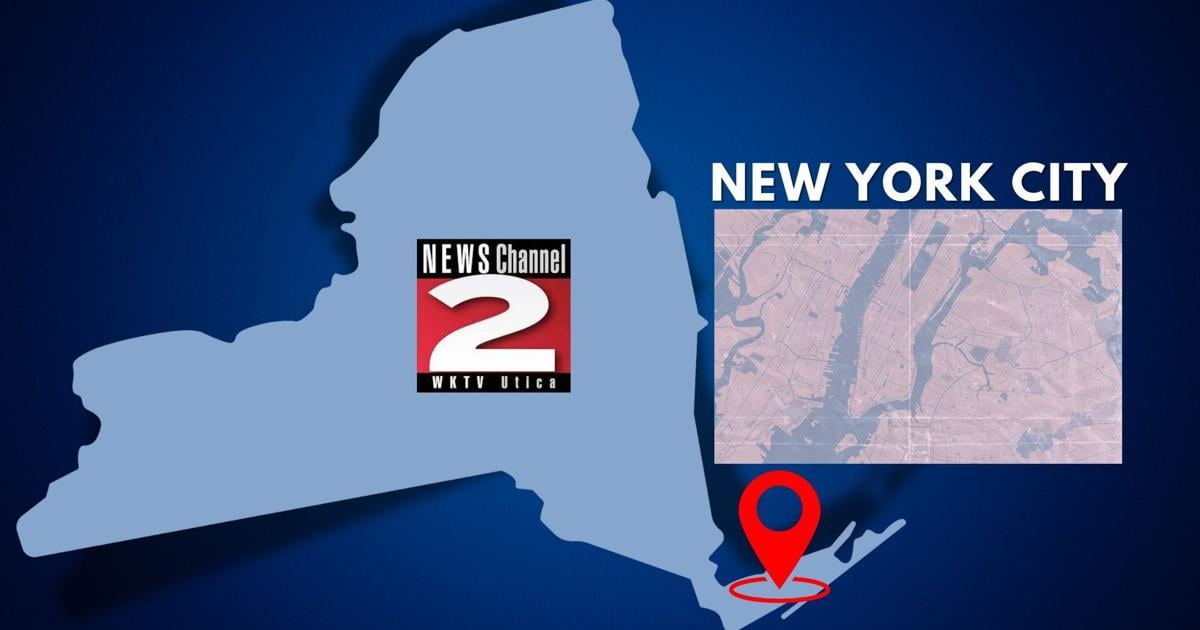Escalating vessel flow in New York waters has coincided with an alarming spike in humpback whale mortalities, underscoring a mounting hazard.
The waterways surrounding New York City are extraordinarily crowded. The Port Authority of New York and New Jersey (PANYNJ) is the largest container port on the East Coast and the third largest in the United States, accounting for 13.5% of the country’s market share. In 2024, it handled nearly 9 million twenty-foot equivalent units (TEUs), a sharp climb from under 5.8 million a decade earlier. Just a few months ago, in May, the joint-venture port district was the nation’s most occupied cargo gateway.
A 2024 study headed by Lesley Thorne, the dean of research at Stony Brook University’s School of Marine and Atmospheric Sciences, pointed to post-pandemic shifts in trade routes favoring the East to the West Coast and new transits along coastal routes adjacent to PANYNJ as the driving factors behind this surge.
Thorne’s research also found that the intensification of maritime activity along the Eastern Seaboard directly contributes to elevated humpback fatalities and serious injuries. The study identifies New York and Virginia as hotspots of vessel strikes.
“We looked over about a 25-year period of when and where strandings were occurring and mortalities were confirmed to be due to vessel strike,” said Thorne. “We found that the places with the biggest increases in strandings and mortality due to vessel strikes were also the places with the greatest increase in vessel traffic.”
Once rare in New York, these whales — renowned for their agility — are now regular visitors. Gotham Whale’s NYC Humpback Whale Catalog includes 470 individual humpback sightings in 2025. When the Staten Island-based, nonprofit organization began tracking humpbacks in 2012, it recorded only five whales.
“(Humpback whales) are predominantly here because the food is here,” said Paul Eidman, the conservation director at Gotham Whale. “And the food is menhaden,” Eidman said, referencing small, schooling forage fish.
In 2012, the Atlantic States Marine Fisheries Commission imposed a catch limit on Omega Protein, a fishing company that had heavily contributed to the harvesting of 47 billion pounds of menhaden from the Atlantic Ocean since 1950.
“It dropped down their tonnage to allow the menhaden to become more prolific,” said Eidman.
Additionally, the New York Harbor is the cleanest it has been in the last 100 years, drawing diverse species of marine mammals back to the city’s waterways. However, these elements are inadvertently luring many humpback whales to their demise. Since 2016, humpback mortalities have risen in New York and throughout the Atlantic Coast, according to the government agency National Marine Fisheries Service, or NOAA Fisheries. Between 2012 and 2015, 51 strandings were documented from Maine to Florida. In the subsequent decade, that figure increased more than fivefold to 257, including 48 in New York.
In April 2017, NOAA Fisheries declared this shift an unusual mortality event under the Marine Mammal Protection Act. This designation, according to NOAA Fisheries, is reserved for “a stranding that is unexpected; involves a significant die-off of any marine mammal population; and demands immediate response.” An event qualifies as “unusual” if it meets one or more of the seven criteria developed by the Working Group on Marine Mammal Unusual Mortality Events, a scientific panel of experts within NOAA Fisheries.
According to Rachel Hager, a spokesperson for NOAA Fisheries, the organization has overseen 129 unusual mortality event humpback whale necropsy examinations as of July 2025. About 45 percent showed evidence of human interaction, either through vessel strikes or fishing entanglements. Among those studied was NYC0393 — labeled through its categorization in the NYC Humpback Whale Catalog — a female juvenile humpback widely recognized in New York prior to her death. In the near full calendar year that preceded NYC0393’s death at the end of 2024, she was spotted 14 times, often performing acrobatics before delighted onlookers.
The animal’s postmortem state was a far cry from the athletic humpback that had captivated New Yorkers. NYC0393 was discovered on Long Island’s Roosevelt Beach, covered with body trauma consistent with a ship strike, which, in fact, is what experts at the Atlantic Marine Conservation Society — a partner of NOAA Fisheries — indicated was the popular whale’s cause of death.
“When we got to the head, we noticed some discoloration in the blubber,” said Kimberly Durham, the necropsy program coordinator for the Atlantic Marine Conservation Society. “The bones in the skull were stained. We took a couple of samples, and they came back with microfractures,” Durham said. “A pathologist was able to confirm that it was a vessel strike.”
To address the dangers posed by ships, those greater than or equal to 65 feet in length must slow down to 10 knots in Seasonal Management Areas, which are specific locations chosen by NOAA Fisheries, over the coast when the presence of North Atlantic right whales is anticipated. Lower speeds are meant to protect this endangered species, but they also benefit other marine mammals, including humpbacks, according to Hager.
NOAA Fisheries also reminds boaters in coastal waters throughout the Eastern Seaboard to remain vigilant for foraging whales while adhering to safe viewing guidelines, classified as remaining 100 feet away from most whales and 500 feet from North Atlantic right whales for both parties’ safety. A PANYNJ spokesperson added that vessels are encouraged to decelerate when nearing the port through the Clean Vessel Incentive program, which provides financial incentives in exchange for voluntary engine, fuel and technology enhancements made by ships.
Nevertheless, all of these directives might still be inadequate.
“Even if somebody was standing on the bow of a container ship and they saw a whale, it would take over a mile to change course and or slow down,” said Eidman. “So it’s precarious.”
This story was originally published by Columbia News Service and distributed through a partnership with The Associated Press.
